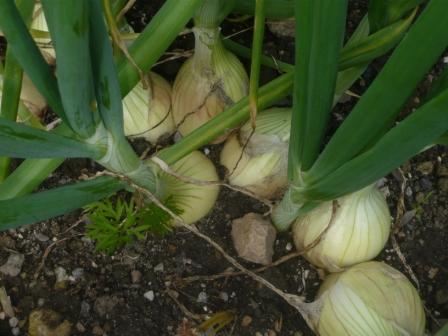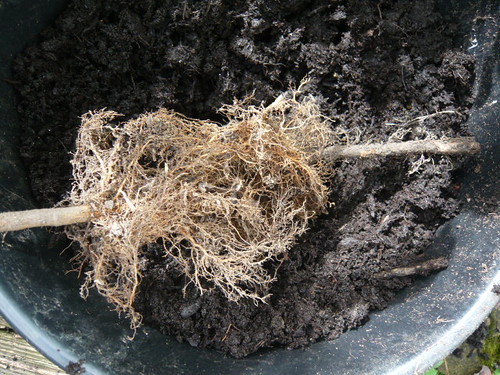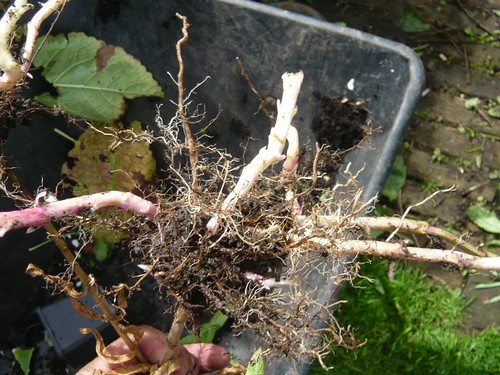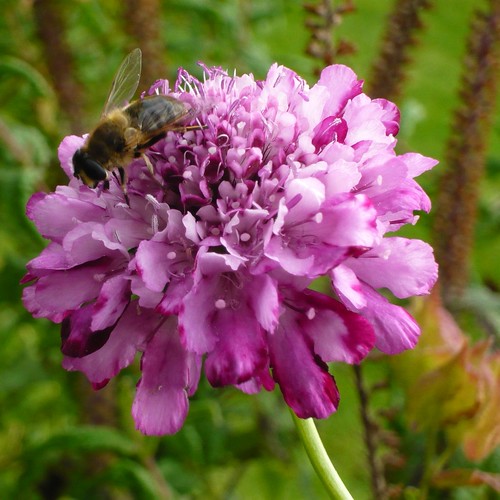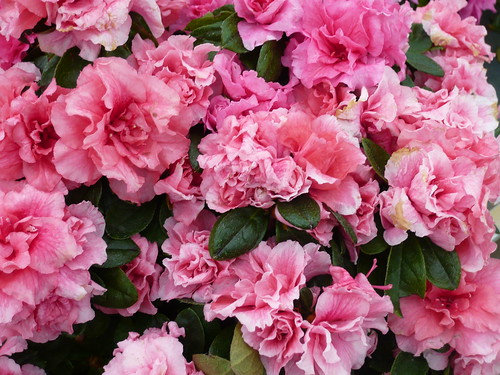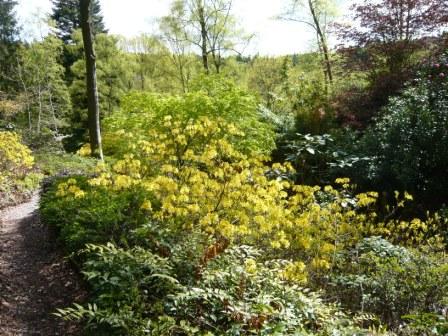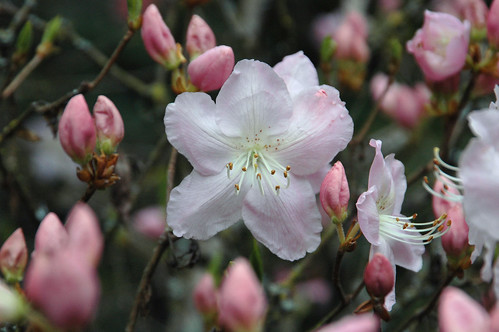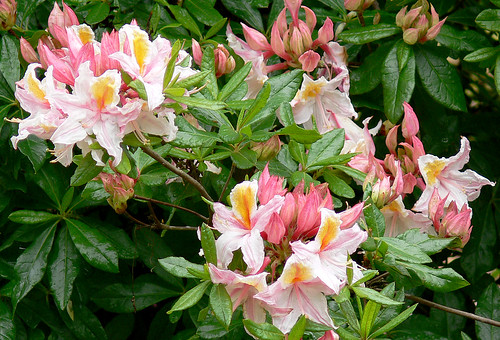I originally wrote this last year but now in April I have checked my Chrysanthemum plants in the cold greenhouse and find I am infested! So it must be worth a rerun.
Evil weevil grubs eat roots and tubers of your favourite plants. My tuberous begonias were attacked and destroyed by these pesky pests. It is the white grubs that cause the damage as they eat roots and tubers throughout vine weevil puberty to become small black beetles.

The beetles will nibble the edges of leaves but it is the laying of eggs that ultimately cause the problem. The eggs become grubs and your Cyclamen, Primula and Camellias become grub for weevils. Pot grown plants are most susceptible to attack but this pest also affects other plants such as Fuchsias, Gloxinia and Strawberries.
Tips to Control Vine Weevil
- Prevention is better than cure so try to buy new plants that have been well treated.
- Put a layer of grit around prized plants or surround pots with water
- Destroy infected plants or drench in special insecticides.(Imidacloprid)
- Good hygiene is important so if reusing plant pots wash your pots in a solution containing Jeyes fluid. Never reuse infected compost.
- In the garden the risk is smaller than in plant pots as centipedes are a natural predator.
- Use a foliar insecticide to kill beetles before they lay eggs – watch out for nibbled leaves as a sign they are about to lay eggs.
- Provado a systemic insecticide applied to the growing medium as a drench, lasts for a few months and kills the larvae which do the damage.
- Nematodes of various eel worms can be used to in April/May when the soil is warm enough for them to survive until they enter the grub and kill it. Use again in Autumn for the nematodes to eat the new eggs.
- The beetles are nocturnal and can be caught after providing a dark daytime hiding place such as a bit of wet sacking.
I am willing to use chemical treatment like Amazon’s Pbi Provado Vine Weevil treatment, if the squashing of the grubs is not good enough.

Read Axis of Weevils on Gardeners Tips
Treatment for Vine Weevil
- Nemasys is a type of Nematode sold as a Vine Weevil Killer.
- Provado Vine Weevil Killer is
s a chemical formula by Bayer. Dilute and water affected areas and plants.
- Other nematode based products only require dilution with water and applying with watering can
- BugClear Ultra Vine Weevil Killer Insecticide
Other Controls from Amazon
For more detailed analysis of the problems with Black Vine Weevils read the US Dept of Agriculture’s book ‘Biology and Control of the Black Vine Weevil’

Photo Credits
Black vine weevil (FG) by davidshort CC BY 2.0
Weevils wobble by skittledog CC BY-NC-SA 2.0 ‘…grubs mid-metamorphosis, discovered while re-potting some plants. And then left out for the birds to eat. Evil weevils.’


